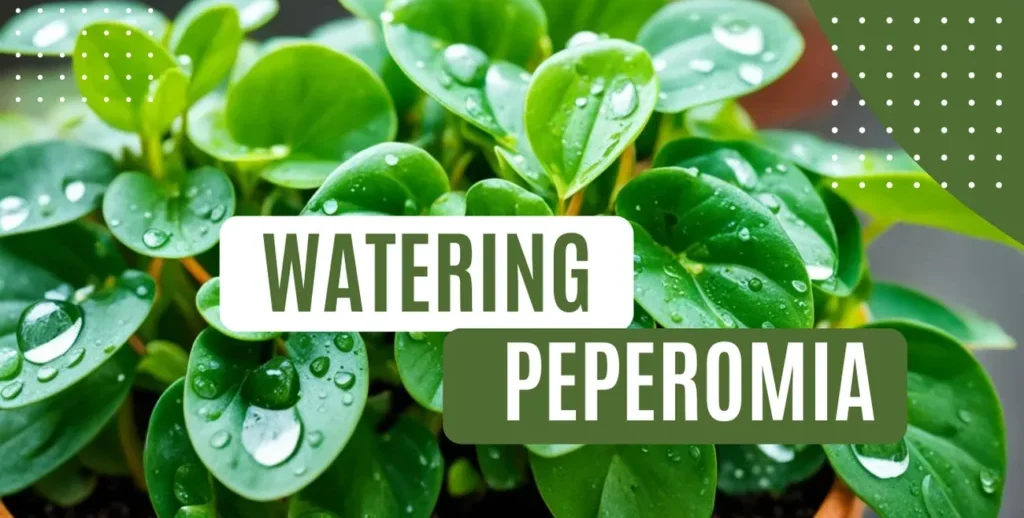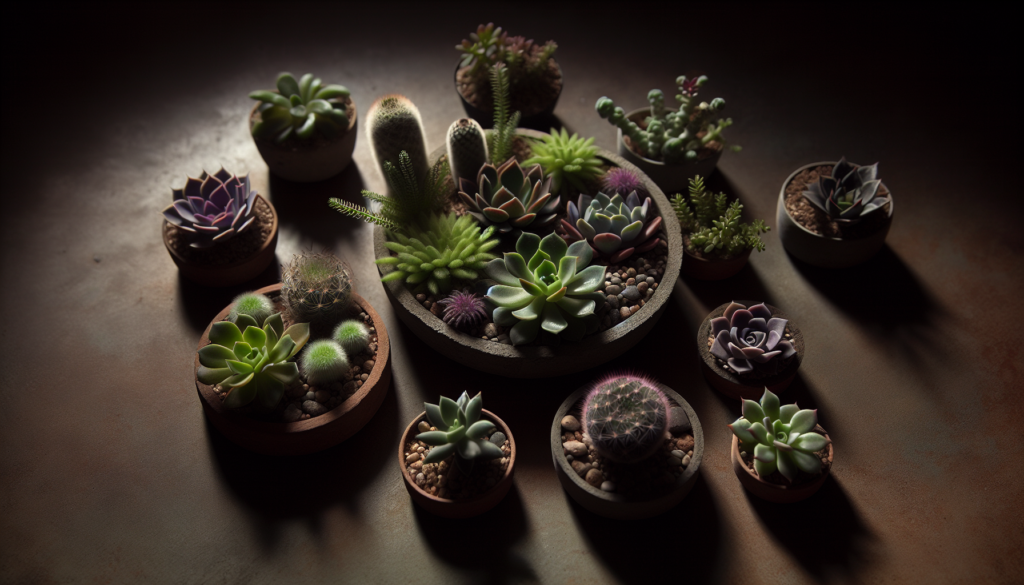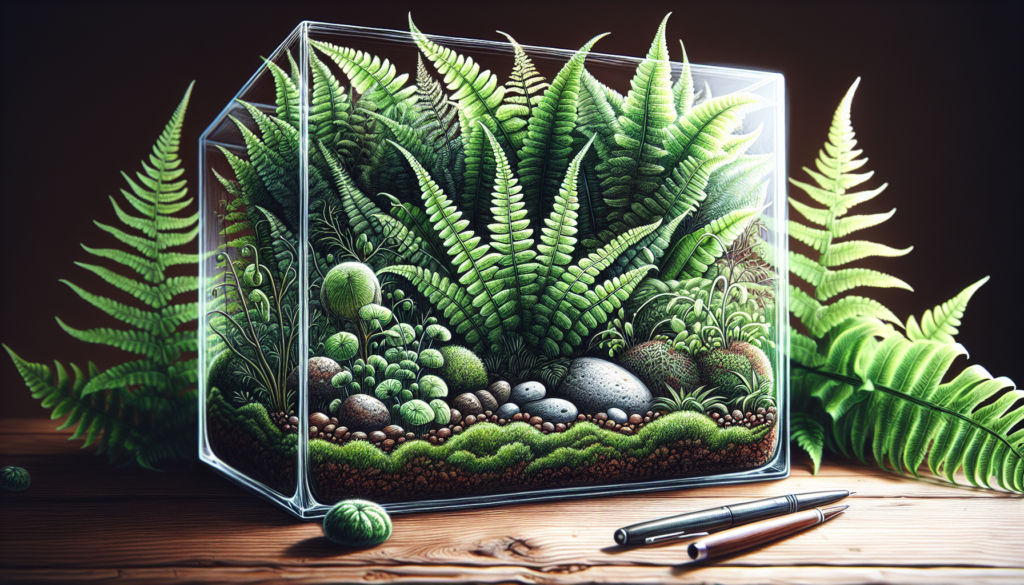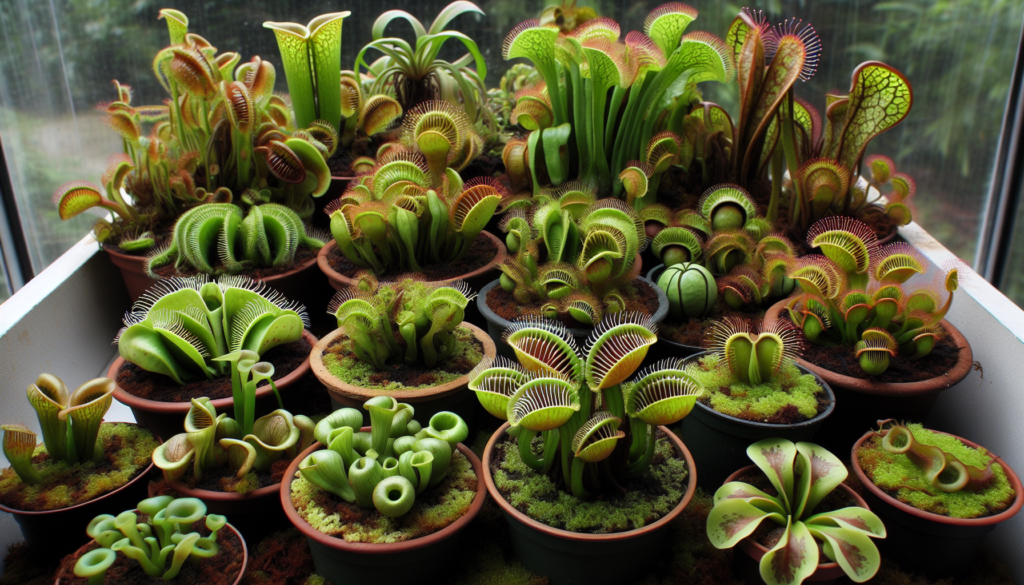Water Peperomia plants moderately, allowing the soil to dry out slightly between waterings, to promote healthy growth.
This guide offers vital tips on watering Peperomia plants, emphasizing the balance between hydration and avoiding waterlogged soil for optimal health.
It covers the ideal watering schedule, effective methods, and step-by-step instructions, alongside addressing common mistakes and additional care tips, all aimed at achieving vibrant foliage through precise moisture management.
Understanding Peperomia Watering Needs
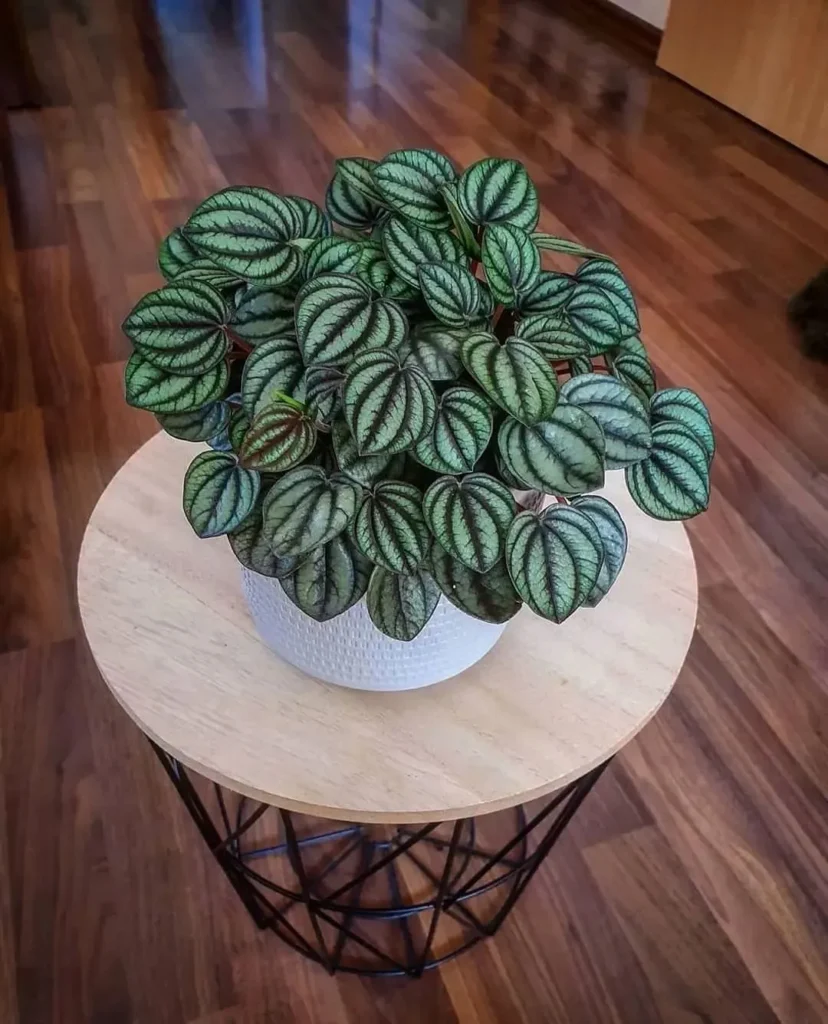
Before we delve into the specifics of watering your beloved Peperomia plants, it’s crucial to gain a thorough understanding of their unique watering needs.
These tropical beauties have a preference for a specific moisture balance that keeps their roots well-hydrated without causing waterlogged soil.
Peperomia plants belong to the Piperaceae family, which includes more than 1,500 species. They come in a wide variety of shapes, sizes, and colors, but they all share a common trait—a need for consistent, appropriate moisture to thrive.
The Importance of Proper Moisture Balance
Peperomia plants thrive when their roots are kept sufficiently moist, but not excessively wet. Overwatering can lead to root rot and other diseases, hindering their growth and potentially causing irreversible damage.
On the other hand, underwatering can result in stunted growth, wilting, and overall poor vitality.
Essentially, we aim to strike a balance in moisturizing their soil to match their natural habitat. This ensures that the roots receive adequate hydration and oxygen, promoting healthy growth and vibrant foliage.
This image represents the ideal hydration environment for Peperomia plants.
Determining the Right Watering Schedule
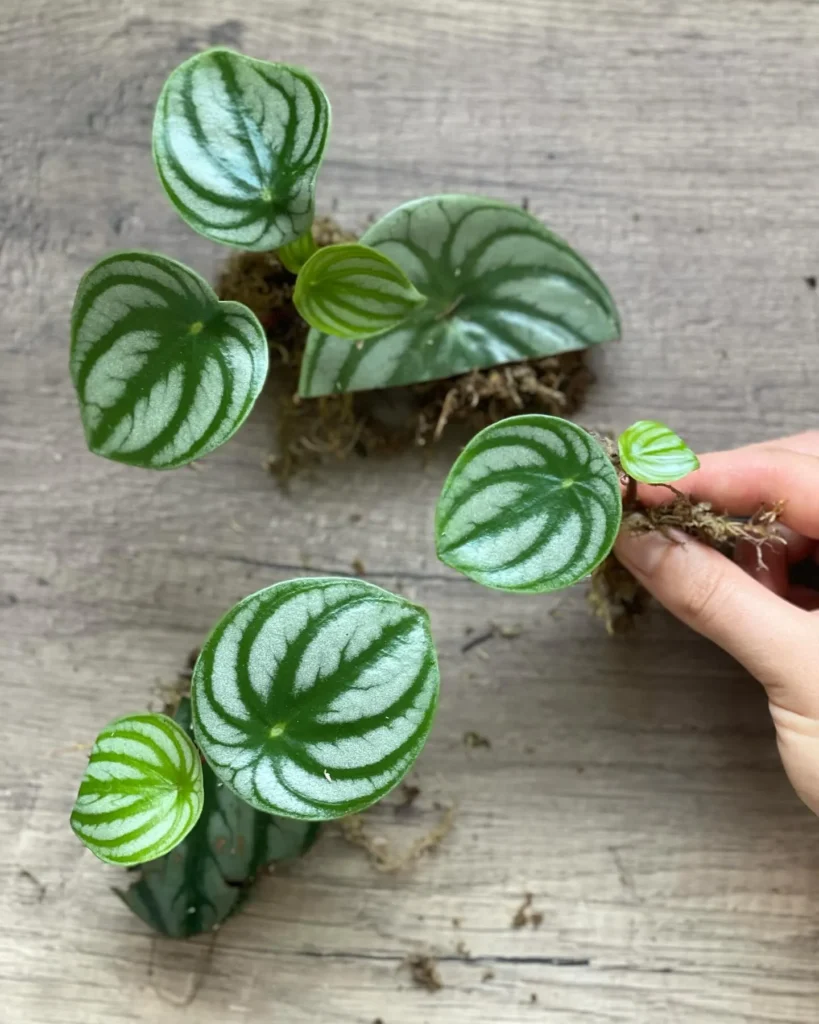
When determining the watering schedule for your Peperomia, several factors come into play, including the plant’s specific needs, environmental conditions, and the type of potting mix used.
When determining the watering schedule for your Peperomia, several factors come into play, including the plant’s specific needs, environmental conditions, and the type of potting mix used.
Here’s a step-by-step guide to help you determine the perfect watering routine:
- Monitor the soil moisture: Check the moisture level of the potting mix by inserting your finger into the soil up to the first knuckle. If it feels dry, it’s time to water your Peperomia.
- Observe the plant’s leaves: Another way to determine if your Peperomia needs watering is by observing its leaves. If the leaves appear wilted or droopy, it’s an indication that the plant needs water.
- Consider the season: Adjust your watering schedule based on the changing seasons. In general, Peperomia plants require more frequent watering during the warm summer months and less frequent watering during the colder winter months.
- Use a watering calendar: To maintain consistency, create a watering calendar that outlines the specific days or intervals at which you plan to water your Peperomia. This will help you stay organized and ensure that your plants receive regular hydration.
- Monitor the drainage: Proper drainage is essential for preventing waterlogged soil, which can lead to root rot. Ensure that your Peperomia’s pot has drainage holes, allowing excess water to escape.
Choosing the Right Watering Method
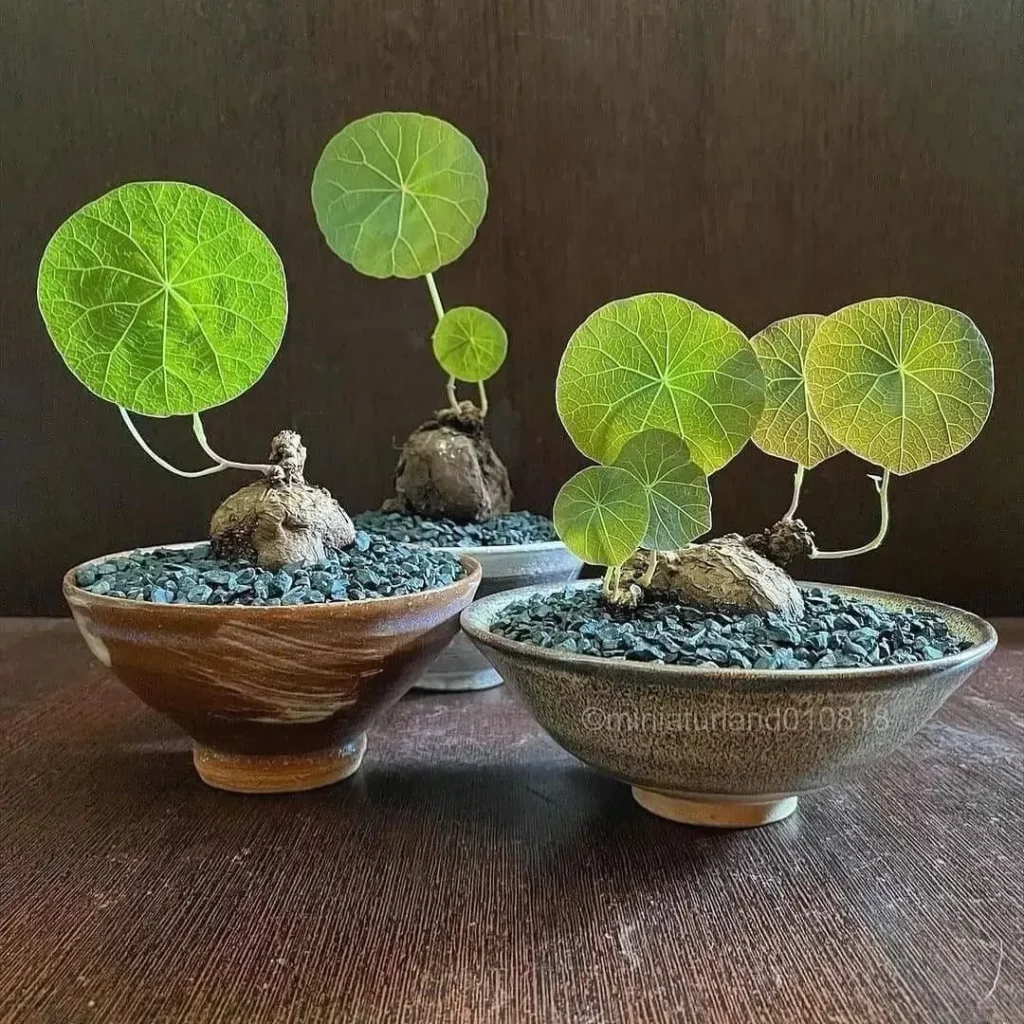
When it comes to watering your beloved Peperomia plants, selecting the right watering method is key to their overall health and well-being. Different methods have varying effects on the moisture levels in the soil and the ability of the roots to absorb water effectively.
One popular and effective method is the bottom watering technique. With this approach, you fill a tray or saucer with water and place your potted Peperomia on top, allowing the roots to absorb the moisture from below.
This method prevents overwatering and helps promote healthy root growth. Remember to remove any excess water after a few minutes to prevent waterlogging and ensure proper drainage.
Another option is top watering, which involves pouring water directly onto the soil surface until it drains through the drainage holes. This method allows you to monitor the amount of water your Peperomia receives and enables you to adjust accordingly.
However, be cautious not to splash water on the leaves, as this may lead to fungal diseases or damage their delicate foliage.
If you prefer a hands-off approach, you can opt for self-watering systems. These systems provide a consistent supply of water to your plants through a reservoir or wicking mechanism, ensuring they receive moisture as needed.
Self-watering containers, like planters with built-in water reservoirs, are also available and can be a convenient choice for busy plant lovers.
In addition to these primary watering methods, you can also experiment with other techniques such as capillary matting or using self-watering bulbs for extended periods without supervision.
Each method has its advantages and unique considerations, so it’s essential to assess your plant’s individual needs and environmental conditions to make an informed decision.
Watering Peperomia: Step-by-Step Guide
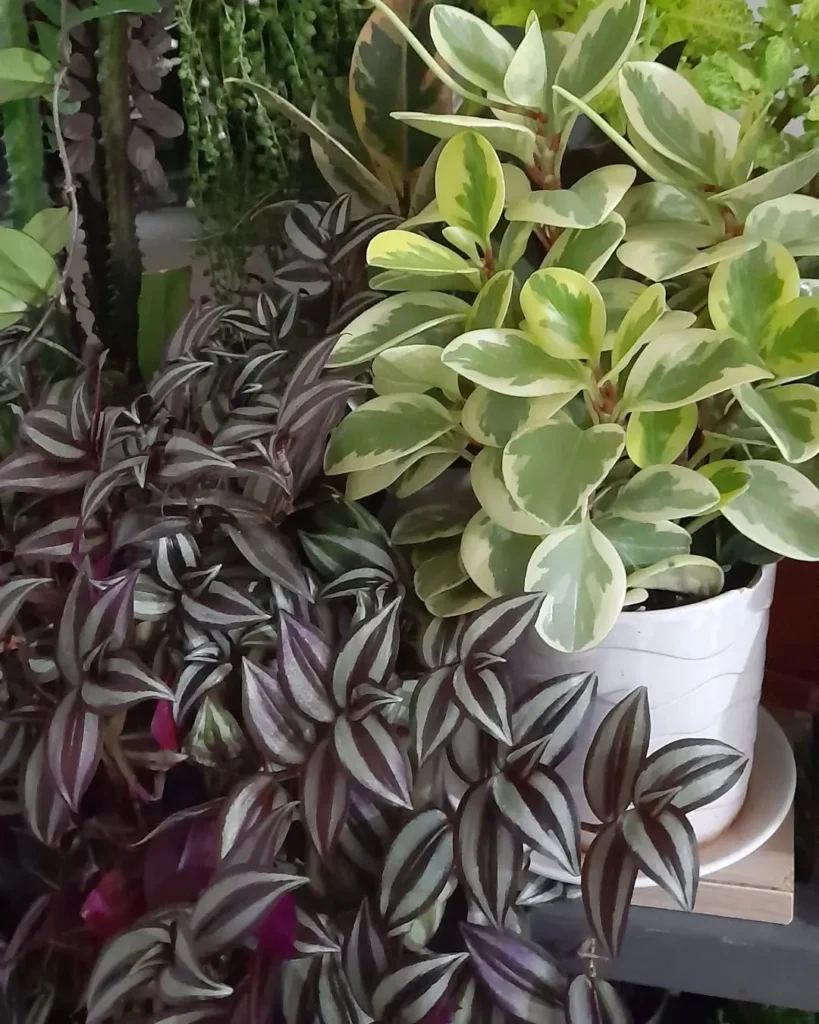
Proper watering is essential to keep your Peperomia plants healthy and thriving. In this step-by-step guide, I’ll walk you through the process of watering your Peperomia plants accurately, ensuring they receive the ideal amount of moisture for optimal growth.
Step 1: Prepare the Water
Start by gathering the necessary materials for watering your Peperomia. Fill a watering can or container with room temperature water. Avoid using cold water, as it can shock the plants.
Step 2: Check the Soil Moisture
Before watering, check the moisture level of the soil. Stick your finger about an inch deep into the soil. If it feels dry, it’s time to water your Peperomia.
Step 3: Watering Method
Hold the watering can or container slightly above the soil surface, near the base of the plant. Pour water gently until it starts to seep through the drainage holes. Avoid soaking the plant or letting water accumulate on the leaves.
Step 4: Drain Excess Water
Allow the excess water to drain out completely by placing your Peperomia in a sink or saucer. Discard any excess water to prevent waterlogging, which can lead to root rot.
Step 5: Monitor and Adjust
Monitor the moisture level of the soil regularly. Over time, you will develop a better understanding of your Peperomia’s watering needs. Adjust the frequency and amount of water accordingly to maintain the ideal moisture balance.
Signs of Overwatering and Underwatering
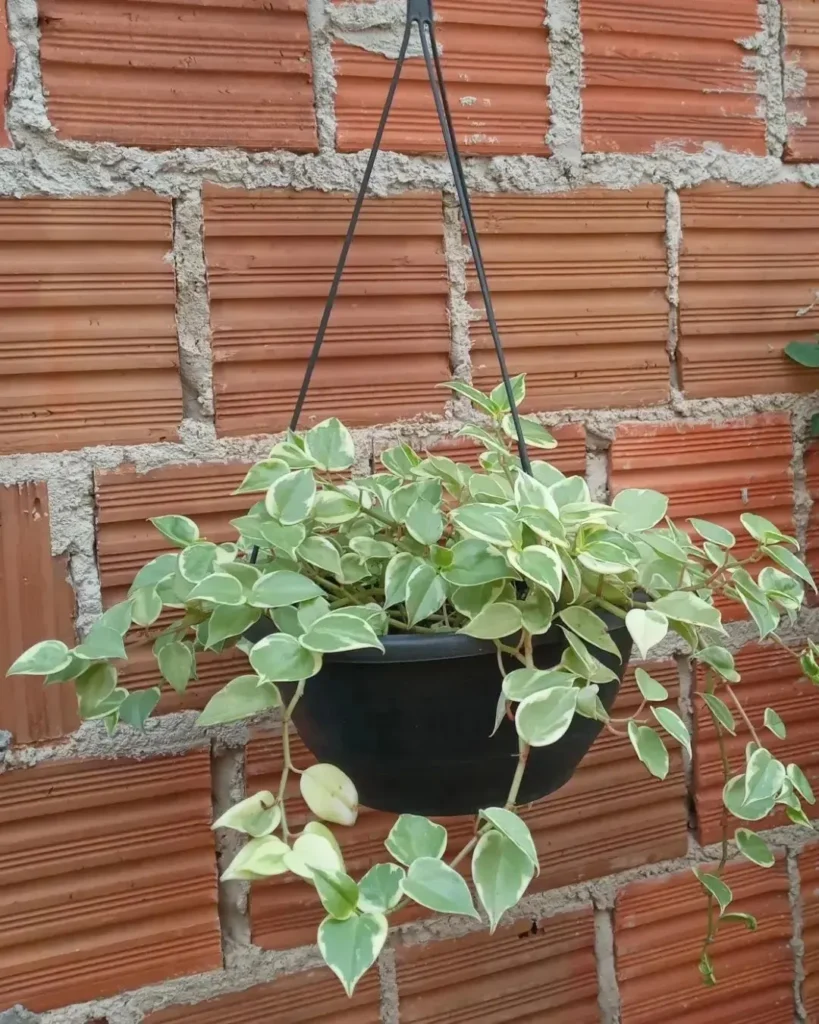
To ensure the healthy growth and vibrant foliage of your Peperomia plants, it’s crucial to be able to recognize the signs of both overwatering and underwatering.
Overwatering can lead to root rot, while underwatering can cause wilting and stunted growth. By understanding and identifying these common indicators, you can adjust your watering routine accordingly and provide optimal conditions for your plants’ well-being.
- Overwatering signs: Overwatered Peperomia plants often exhibit yellowing or browning leaves, especially at the bottom of the plant. The leaves may become mushy, and the plant may show signs of root rot, such as a foul smell or soft, blackened roots. Additionally, the soil will remain consistently wet for long periods, even after watering.
- Underwatering signs: When Peperomia plants are underwatered, their leaves may become dry, crispy, and dull-looking. The plant may appear wilted, and the soil will feel dry to the touch. Underwatered plants may also experience leaf drop to conserve water.
Watering During Different Seasons
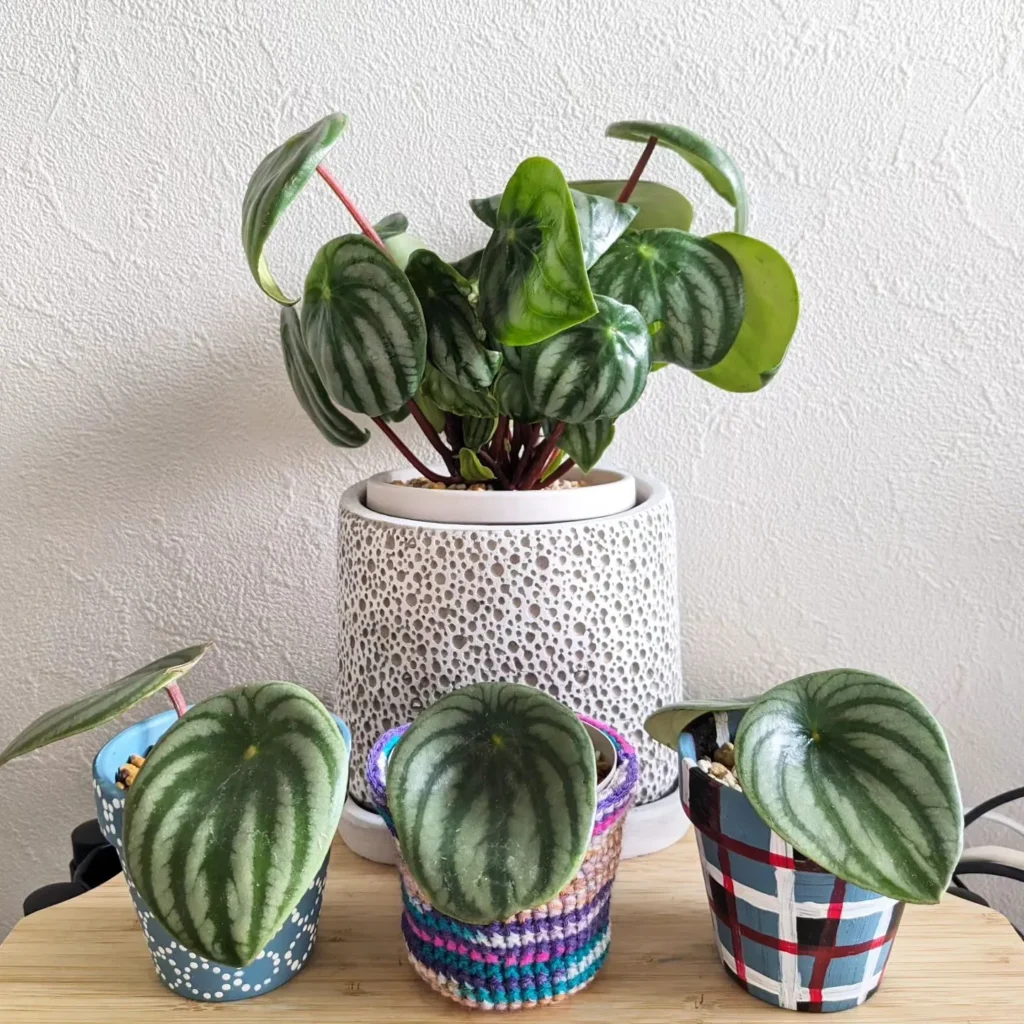
As the seasons change, so do the watering needs of your Peperomia plants. Environmental factors and temperature fluctuations play a significant role in determining their water requirements.
Understanding these variations will enable you to adapt your watering routine accordingly, ensuring your plants receive the optimal moisture they need.
During the warmer months, such as spring and summer, your Peperomia plants will typically have a higher water demand. Increased sunlight and higher temperatures can cause the soil to dry out more quickly.
It’s important to monitor the moisture level of the soil regularly and water your plants more frequently during these seasons. However, be cautious not to overwater, as excessive moisture can lead to root rot and other issues.
In contrast, during the cooler months, like fall and winter, your Peperomia plants may require less frequent watering. With reduced sunlight and lower temperatures, the soil takes longer to dry out.
It’s crucial to adjust your watering schedule accordingly, allowing the soil to partially dry between waterings to prevent waterlogging. Remember that each Peperomia variety may have slightly different needs, so observe your plants and adjust as necessary.
Here are some seasonal watering tips for your Peperomia plants:
- Spring and summer: Water more frequently, keeping the soil consistently moist but not waterlogged.
- Fall and winter: Water less frequently, allowing the soil to dry out partially between waterings.
Using Proper Watering Tools and Containers
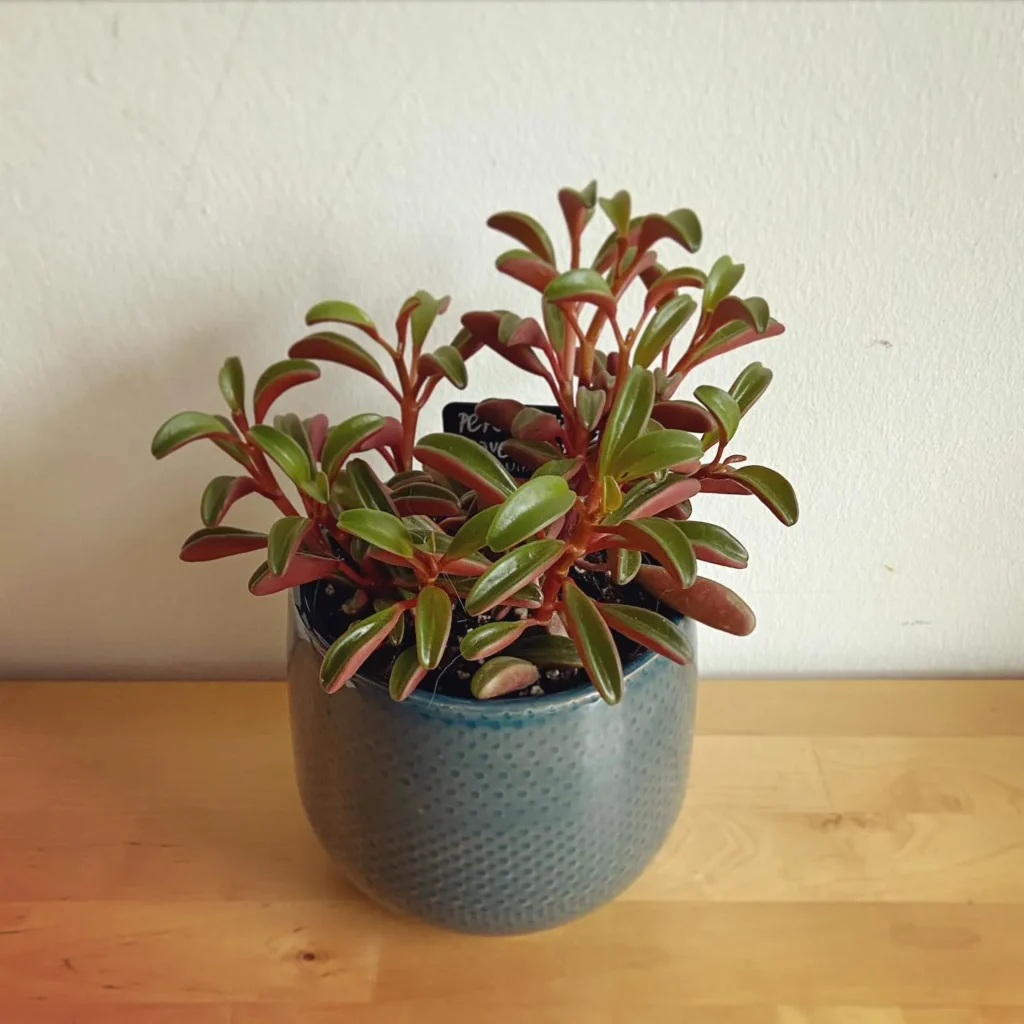
When it comes to watering your beloved Peperomia plants, the right tools and containers can make all the difference in their overall health and growth.
Choosing the appropriate watering tools and containers ensures effective and efficient watering practices, allowing your plants to flourish. Let’s explore the different options available and why they are essential for successful plant care.
Watering Tools: Investing in high-quality watering tools ensures accurate and controlled watering for your Peperomia plants. Consider using a watering can with a narrow spout to deliver water directly to the base of the plants, preventing water from splashing onto the leaves.
This avoids potential leaf damage and helps maintain a healthier environment for your Peperomia.
- A long-spout watering can enables precise water delivery
- Use a small hand sprayer for misting delicate Peperomia varieties
- A gentle watering wand provides a soft, steady flow of water
Watering Containers: Selecting the right watering containers is also crucial for your Peperomia’s well-being. Porous containers, such as clay pots or fabric pots, allow for better drainage, preventing waterlogged soil and potential root rot.
These containers also help regulate moisture levels, ensuring the plant’s roots stay healthy.
- Opt for clay pots that allow excess moisture to evaporate from the soil
- Consider using fabric pots that provide excellent airflow and drainage
- Ensure containers have drainage holes to prevent water accumulation
Common Watering Mistakes to Avoid
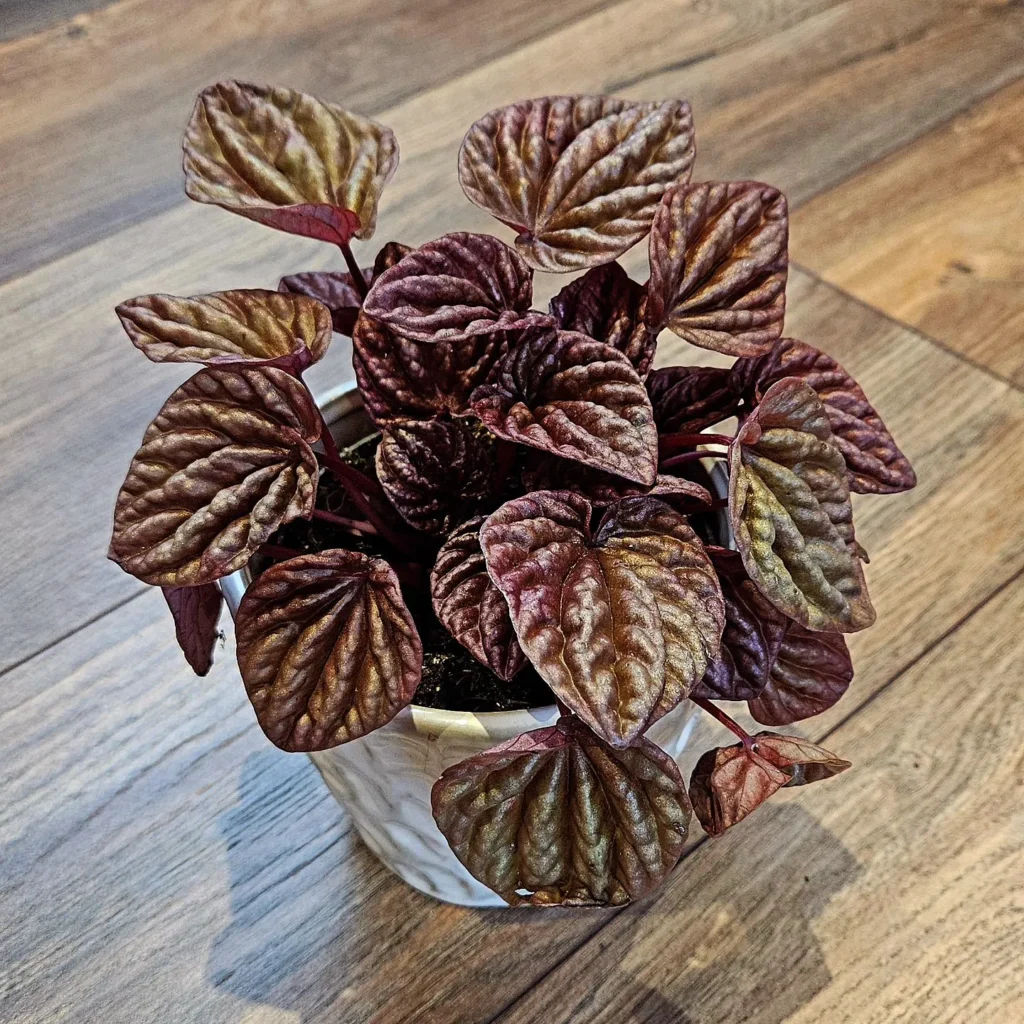
When it comes to watering your beloved Peperomia plants, even the most well-intentioned gardeners can make mistakes. To ensure that your plants stay healthy and vibrant, it’s important to be aware of common watering errors and take steps to avoid them.
1. Overwatering
Overwatering is a common mistake that can lead to root rot and other issues. Avoid drowning your Peperomia by allowing the top inch of soil to dry out before watering again.
To prevent overwatering, ensure that the water drains properly from the pot and avoid letting your plants sit in standing water.
2. Underwatering
On the other hand, underwatering can cause your Peperomia to become dehydrated and suffer from wilted leaves. Check the moisture level of the soil regularly and water your plants thoroughly when the top inch feels dry.
However, be careful not to let the soil become bone dry as it can harm your plants’ health.
3. Inconsistent watering
Consistency is key when it comes to watering Peperomia plants. Fluctuating between overwatering and underwatering can stress your plants and make them more susceptible to diseases.
Develop a watering schedule and stick to it, taking into account the specific needs of your Peperomia variety and the environment it’s in.
4. Using the wrong watering containers
The choice of watering containers can also affect the health of your Peperomia. Avoid using containers with no drainage holes as they can trap excess water and lead to root rot.
Instead, opt for pots with drainage holes or use a well-draining soil mix to prevent waterlogging.
5. Watering from above
Watering your Peperomia plants from above, especially with a high-pressure spray or showerhead, can lead to water pooling on the leaves and promote the growth of fungal diseases.
Instead, consider watering at the base of the plant, allowing the water to reach the roots directly.
6. Neglecting environmental factors
Environmental factors such as humidity, temperature, and season can affect the watering needs of your Peperomia plants.
Adjust your watering routine accordingly, providing more water during hot, dry periods and less during cooler seasons or when humidity levels are higher.
Additional Care Tips for Thriving Peperomia
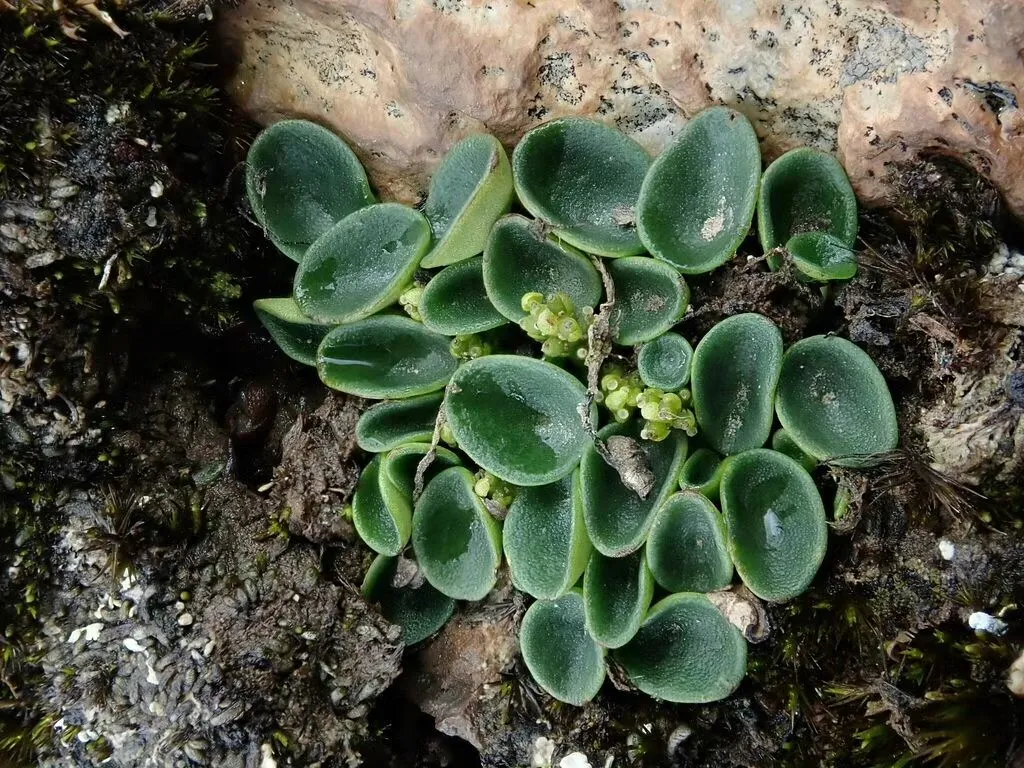
While proper watering is essential for the health of your Peperomia plants, there are other care practices that can contribute to their overall thriving.
By paying attention to these additional tips, you can create the ideal environment for your Peperomia’s growth.
Lighting
Peperomia plants thrive in bright, indirect light. Place your Peperomia near a window where it can receive filtered sunlight throughout the day. Avoid exposing the plants to direct sunlight, as it can scorch the leaves.
If your Peperomia is not receiving enough light, you can supplement with artificial grow lights to ensure proper growth and vibrancy.
Fertilizing
Provide your Peperomia with the necessary nutrients by fertilizing it regularly during the growing season. Use a balanced, water-soluble fertilizer formulated for houseplants.
Follow the instructions on the fertilizer packaging for the recommended dosage and frequency of application. Be cautious not to over-fertilize, as this can cause salt build-up and damage the roots.
Temperature and Humidity
Peperomia plants prefer temperatures between 65°F and 75°F (18°C to 24°C). Avoid exposing them to extreme temperatures or drafts, as they can be sensitive to temperature fluctuations.
Maintain a moderate level of humidity around your Peperomia by misting its leaves with water or placing a tray of water near the plant. This will help create a humid microclimate that mimics its natural habitat.
Potting and Repotting
Choose a well-draining potting mix specifically formulated for indoor plants. A mixture of peat moss, perlite, and vermiculite or any other suitable components will provide the necessary drainage for Peperomia plants.
When repotting, select a slightly larger pot to accommodate the root growth. Repotting annually in spring is often sufficient, but if your Peperomia shows signs of becoming rootbound or the soil becomes compacted, repotting may be necessary sooner.
Pest Control
Keep a close eye on your Peperomia plants for any signs of pests, such as aphids, mealybugs, or spider mites. Regularly inspect the leaves, stems, and soil for any infestations.
If you notice any pests, treat them promptly with an appropriate organic or chemical pesticide. Additionally, practicing good hygiene, such as regularly cleaning the leaves and removing any dead or decaying plant matter, can help prevent pest infestations.
Conclusion
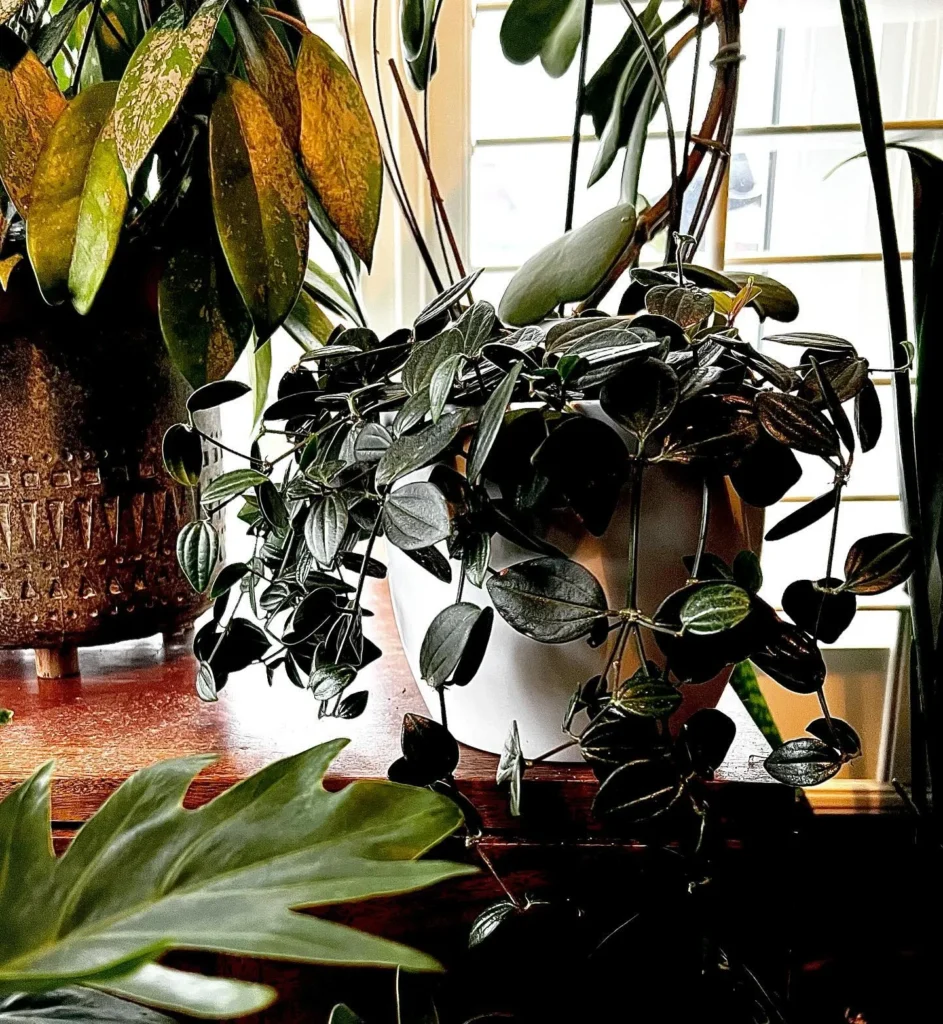
Remember, overwatering can lead to root rot and other issues, while underwatering can stunt growth and cause wilting. Finding the right balance is key.
Take into account environmental factors, such as temperature and humidity, to adjust your watering schedule accordingly.
Nurturing your Peperomia plants can be a rewarding experience. Watching them thrive and grow under your care is truly satisfying. So, continue to provide them with the right amount of water, along with other necessary care practices, such as proper lighting and fertilizing.
With these measures in place, your Peperomia plants will flourish and bring beauty to your indoor space.

